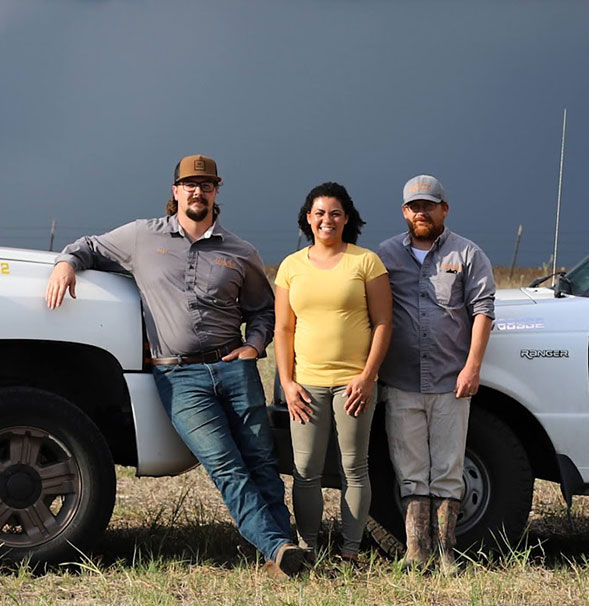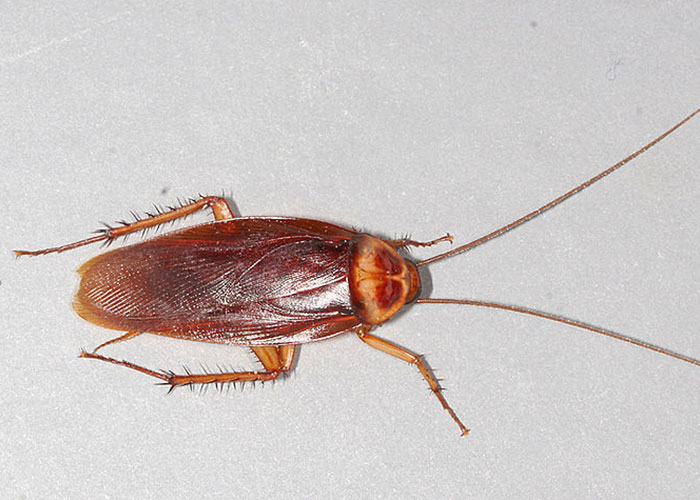
American Cockroach – It has an average length of around 4 cm (1.6 in) and about 7 mm (0.28 in) tall.[8] They are reddish brown and have a yellowish margin on the pronotum, the body region behind the head. Immature cockroaches resemble adults except they are wingless.
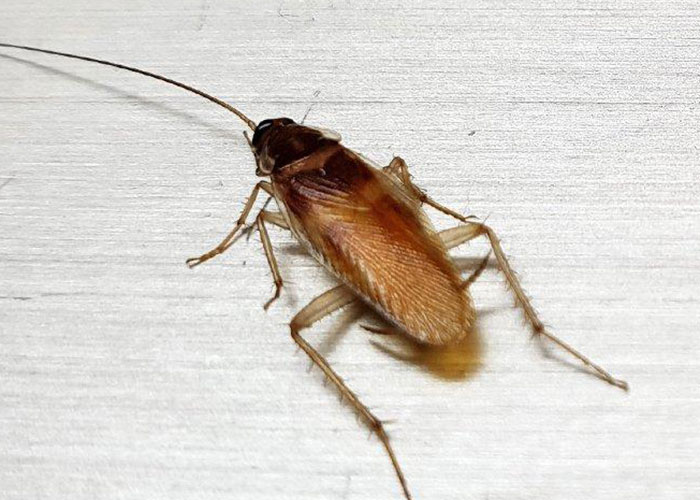
German cockroach – Small species of cockroach, typically about 1.1 to 1.6 cm (0.43 to 0.63 in)[1][2] long. In colour it varies from tan to almost black, and it has two dark, roughly parallel, streaks on the pronotum running anteroposteriorly from behind the head to the base of the wings. Although the German cockroach has wings, it can barely fly, although it may glide when disturbed.[3] Of the few species of cockroach that are domestic pests, it probably is the most widely troublesome example.
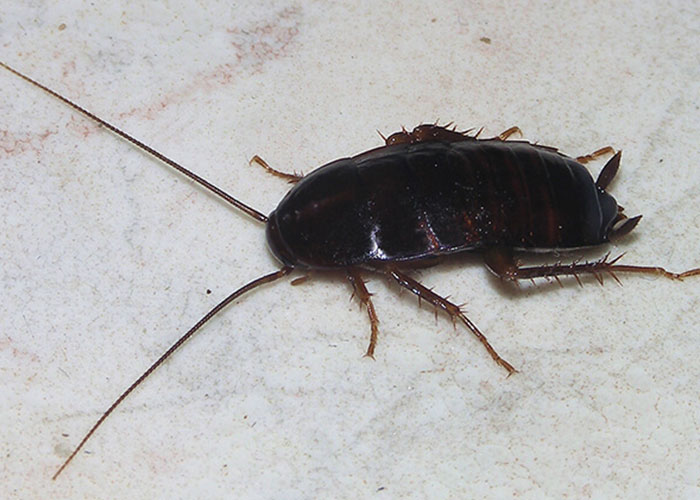
Oriental Cockroach, also known as the waterbug or black beetle, is a large species of cockroach, adult males being 18–29 mm (0.71–1.14 in) and adult females being 20–27 mm (0.79–1.06 in).[1] It is dark brown or black in color and has a glossy body. The female has a somewhat different appearance from the male, appearing to be wingless at casual glance, but is brachypterous, having non-functional wings just below her head. She has a wider body than the male.
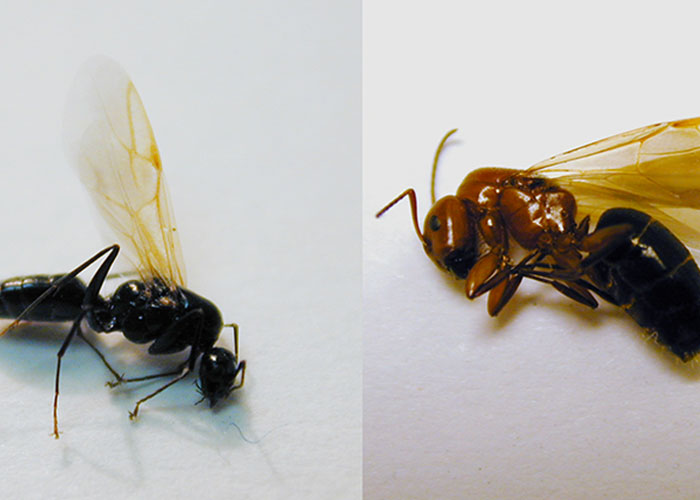
They build nests inside wood consisting of galleries chewed out with their mandibles, preferably in dead, damp wood. However, unlike termites, they do not consume wood,[3] discarding a material that resembles sawdust. Sometimes, carpenter ants hollow out sections of trees. They also commonly infest wooden buildings and structures, and are a widespread nuisance and major cause of structural damage. Nevertheless, their ability to excavate wood helps in forest decomposition.
